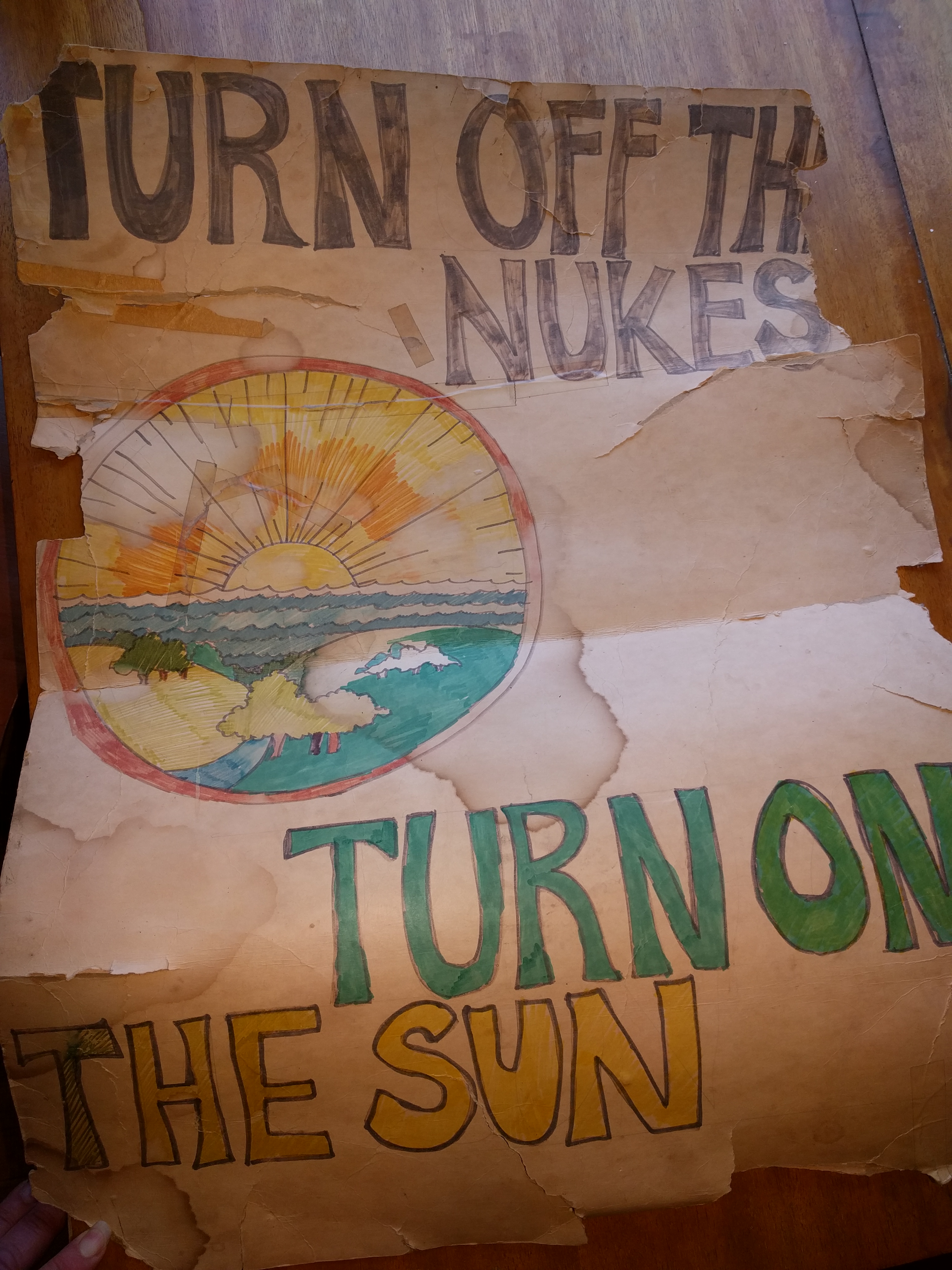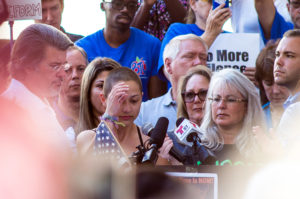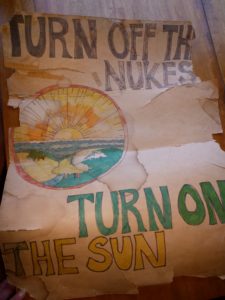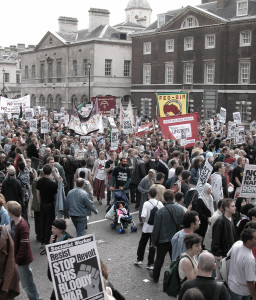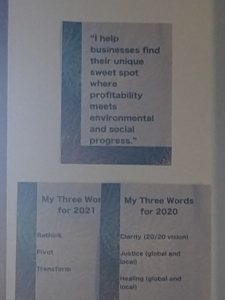Can We Still Thrive in a world Caught in the Cross-Hairs?
Welcome to 2025, a year that’s only two weeks old and already fraught. This is a
challenging time. Business leaders who believe business can make the world better for
the planet and its residents will face intense scrutiny and pressure to fold our tents. But
if we stand firm, if we continue to act on our sense of ethics, our decency, and our
knowledge that environmental and social responsibility is a business success strategy,
we will eventually prevail!
My heart goes out to readers and their loved ones who have been directly impacted by
the dozens of recent massive climate events such as the floods in the US Southeast,
Libya, and Uganda, earthquakes in China and Vanuatu, fires in California, cyclones in
Mozambique and Sri Lanka, volcanic eruption in the Philippines…and by human-caused
disasters, including the brutal wars in Ukraine and Gaza, the massive migrations from
areas that are no longer safe, and more.
Speaking of human-caused disasters—here in the US, starting on January 20, we face
an openly authoritarian, openly bigoted, and openly corrupt administration that brags
about how it will undo our progress on environmental and social issues and attacks
personal freedom. This new government plans to act not as a force for the greater good,
but to enrich kleptocrats and make life miserable for “enemies” within.
And many senior executives are pushing hard to enable that undercutting within their
own organizations. Companies are shredding DEI programs, universities are struggling
to come up with something equitable to replace welcoming admissions policies deemed
illegal by a partisan Supreme Court, and both social and mainstream media are
adopting policies that kowtow to authoritarians, from eliminating fact-checks and
enabling hate speech to suppressing criticism of the new regime. And alas, similar
governments already exist in Hungary, North Korea, Russia, and elsewhere.
But there’s plenty of good news, too:
- Several countries, including Brazil, Chile, and
Columbia, have tossed out right-wing dictators. - Others including Germany and France turned back far-right candidates and slates.
- In the US, many left-of-center candidates and ballot initiatives won even in states that went for Trump.
- Under-the-radar organizing by progressive grassroots organizations is massive.
And these groups are finally working together. I went to one national Zoom meeting that
had 140,000 registrants, 100,000 attenders, and the active participation of at least five
national grassroots groups. Individually and collectively, they’re crafting and launching
to best create nonviolent strategies to resist Trump policies and nominees. - These organizing efforts marked its first victory in November with the almost immediate collapse of Matt Gaetz’s nomination for Attorney General, which culminated in the release of the US House ethics report on his long list of transgressions.
And that’s just the beginning. Visit this page from Nonviolence News for a torrent of more good news, most of which I hadn’t even known about until their newsletter crossed my desk. I don’t see
everything on their list as good news, but the vast majority certainly is.
So instead of drowning in doom and gloom, get active, get involved, get excited. Remember, as Nerissa Nields put it in her song, “Tyrants Always Fall” (written during the earlier Trump administration), “There are more of us than there are of them.” And become an even more effective agent of change!

